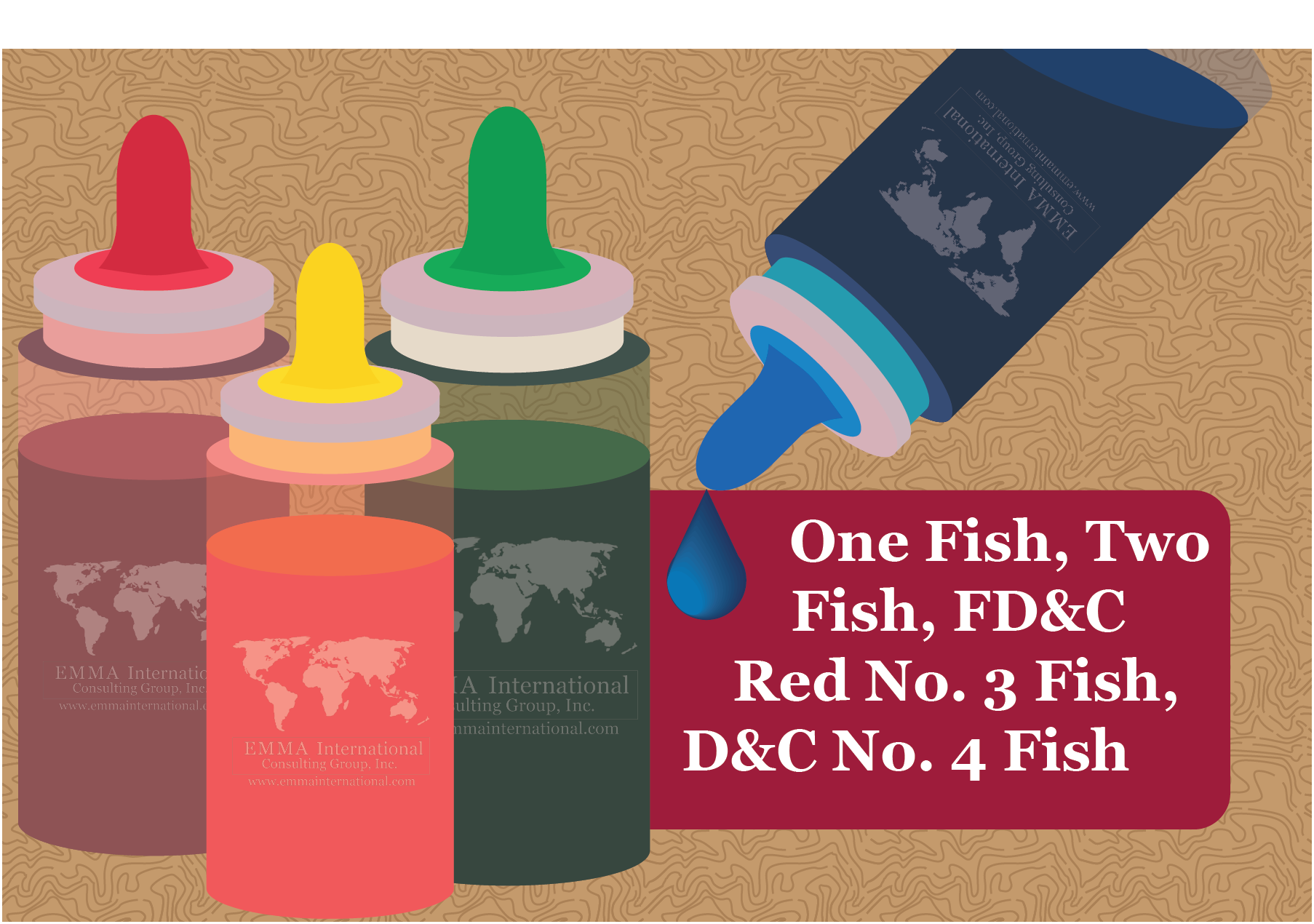Colors can set apart your medical device, drug, food, and cosmetic. But, do you know how FDA permits their use within the US? This blog article reviews the regulations and processes in place for color additives.
Color additives, artificial color, or artificial coloring are added into products for marketing purposes as well as safety purposes. The Federal Food, Drug, and Cosmetic Act (FD&C Act) defines that a substance that imparts color for the sole purpose of coloring is a color additive. Color additives are either exempt from certification or require certification by FDA for specific uses.
Color additives exempt from certification (listed in 21 CFR 73) generally include those derived from plant or mineral sources. For example, those exempt for food use include: annatto extract, beet powder, saffron, and turmeric. Certification-exempt color additives still must comply with the identity and purity specifications and use limitations described in their listing regulations. Users of these color additives are responsible for ensuring that the color additives comply with the listing regulations.
Color certification is a Congressionally mandated program to allow FDA to enforce specifications by batch certification of the certifiable color additives that are added to foods, drugs, cosmetics, and medical devices in the United States. Under this program, the color additive manufacturers provide FDA’s Color Certification Branch with a representative sample of each color additive batch. FDA analyzes the color additive sample to ensure that it meets the specifications listed in the Code of Federal Regulations (21 CFR Part 74, 21 CFR 82), which identify the certifiable color additives. And what are those interesting “FD&C” and “D&C” codes? They generally indicate a certifiable color additive.
A color additive manufacturer who wants to introduce a new use of a color additive must file a color additive petition (CAP). FDA’s Center for Food Safety and Applied Nutrition (CFSAN) is responsible for processing all CAPs, including color additives used in drugs, cosmetics, or medical devices.
With all the regulations in place, use of color additives is well controlled, right? Unfortunately, use of an unlisted color additive, improper use of a listed color additive, or use of a color additive that does not conform to specifications occur regularly. Improper use of color additives can cause a product to be adulterated according to the provisions of the FD & C Act. Violations are often attributed to decorated baked items or imported products.
As with most public health issues, use of color additives and their regulation has a colorful history. Let EMMA International help you properly introduce color additives to your regulated product. Contact us at (248) 987-4497 or info@emmainternational.com.





